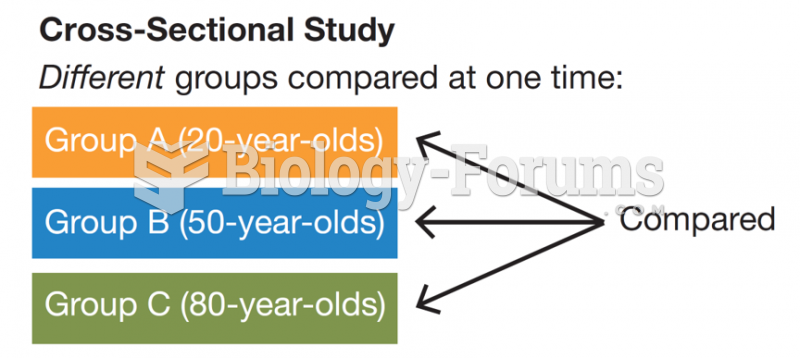Answer to Question 1
While not every abusive relationship experiences every phase of this cycle every time, Walker's research shows how abusive relationships are cyclical in nature.
The Cycle of Violence illustrates three phases of violence commonly seen in abusive relationships: the tension-building phase, the acute battering or violent act, and the respite (non-violent) phase.
Tension-Building: In this phase, the victim senses that an explosive, violent incident is about to take place. The batterer begins to isolate his partner, threaten her, slap her, pinch her, belittle her, destroy her property, and withdraw affection. As the victim begins to feel tension and fear, her fear builds, and in response, she tries to keep her partner calm and happy by being agreeable, nurturing, and kind. She also tries to stay out of his way or tries to keep the kids quiet. At this point, some women begin to withdraw from or isolate themselves from their family and friends. All of her efforts have one goal: To keep the batterer from becoming violent. According to Walker, the psychological anguish that accompanies this phase is the worst aspect of relationship violence. In fact, the psychological anguish may become so unbearable that many women antagonize or provoke the batterer in order to just get it over with.
Acute Battering Incident: Savage. Destructive. Out of control. Brutal. This is how Walker describes the next phase of the Cycle of Violence. During this phase, the violence from the tension-building phase escalates into an acute battering incident, where the violence can become deadly. Along with degrading, humiliating verbal abuse, the batterer severely beats his partner, either by hitting, punching, and kicking, or by using a weapon. He may even rape her. The battered woman cannot control when the episode will end. According to Walker, the victim usually does not fight back, because she realizes doing so may only make it worse. Sometimes the victim may call the police, but typically she does not do so until several days after the incident. If she attempts to leave, she is at a greater risk of being killed by her partner.
Respite Phase: This phase is often called the loving phase or the honeymoon or flower phase. Walker terms this as a time of illusion of bliss. During this time, the abuser apologizes profusely. He may cry, beg for forgiveness, and vow that he will never harm her again. He will often give her gifts to express his regret and lavish her with attention and love. This may provide, in part, an answer to a common question, Why does she stay? Perhaps she stays because she has a sense of renewed hope that things are getting better. If a victim has filed charges against her abuser, her renewed sense of hope might cause her to drop the legal charges or to cancel appointments with mental health counselors or victims' advocates because she really believes he will change for good this time. Her renewed sense of hope leads her to believe that it won't happen again. But it will.
Answer to Question 2
C







